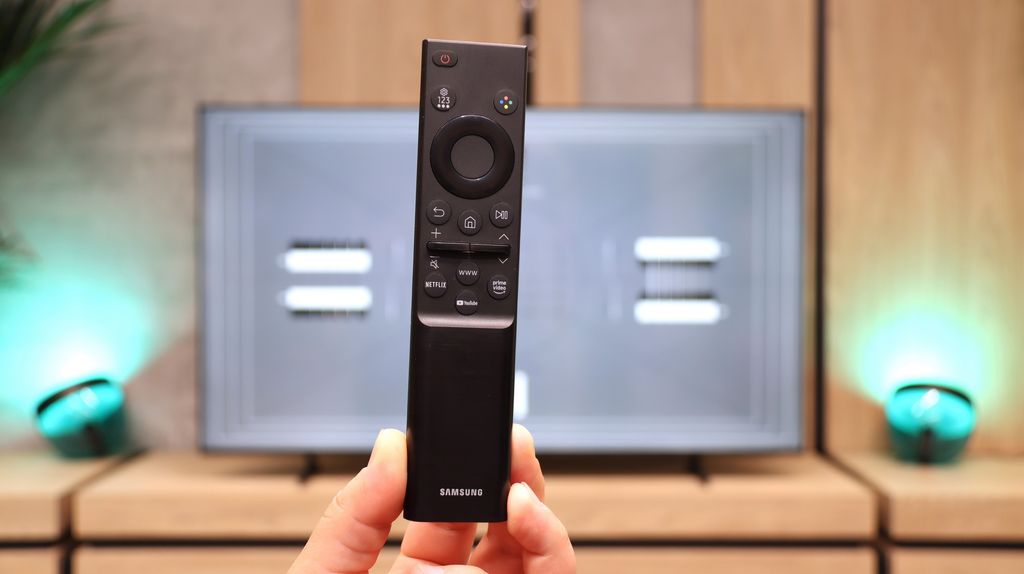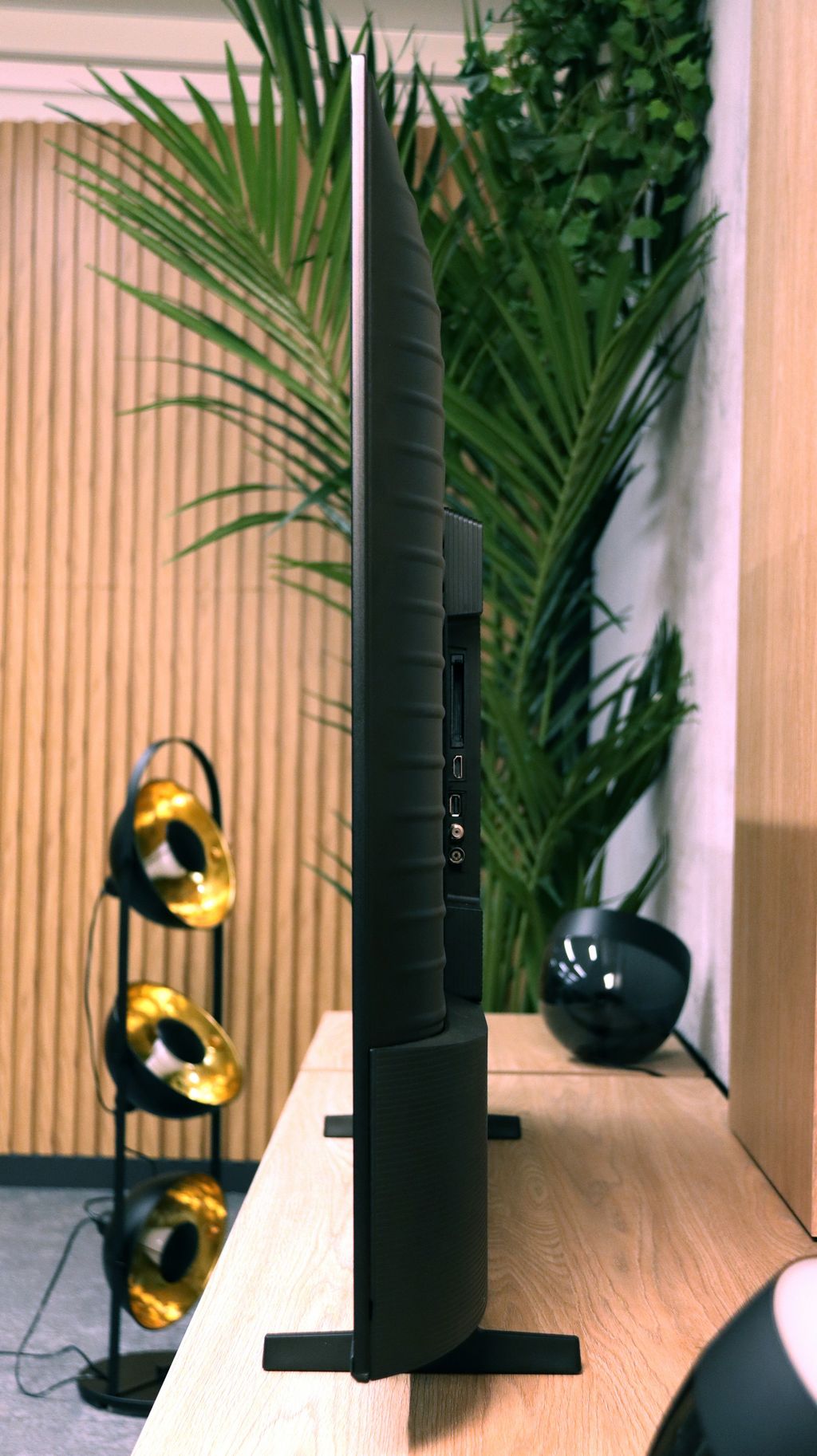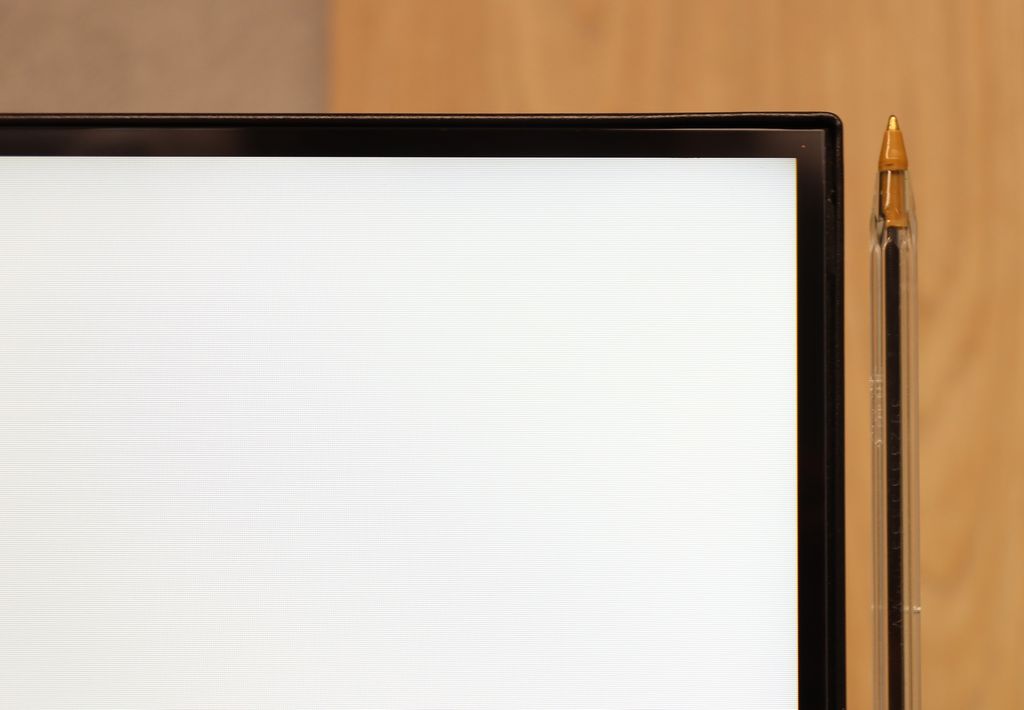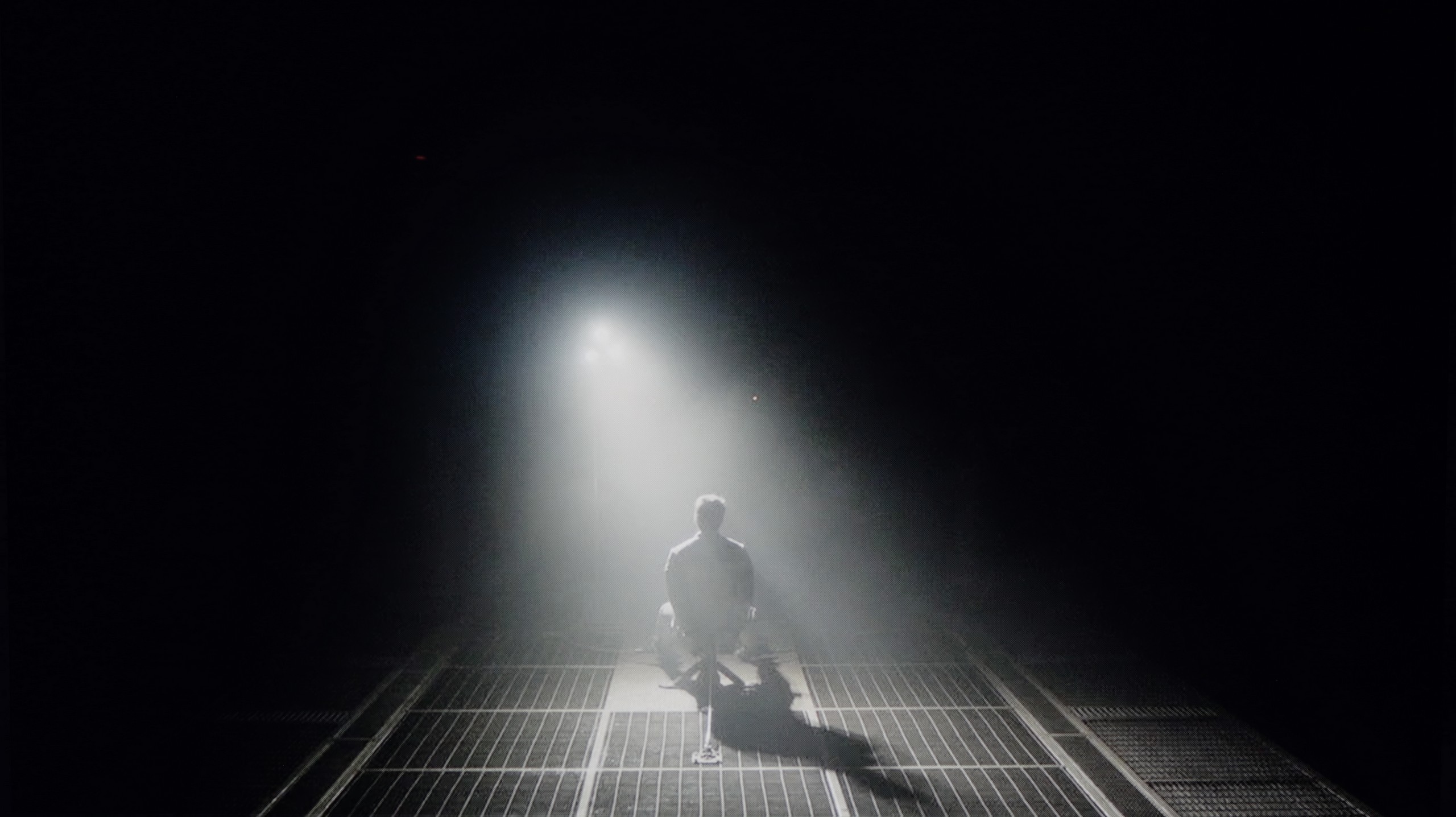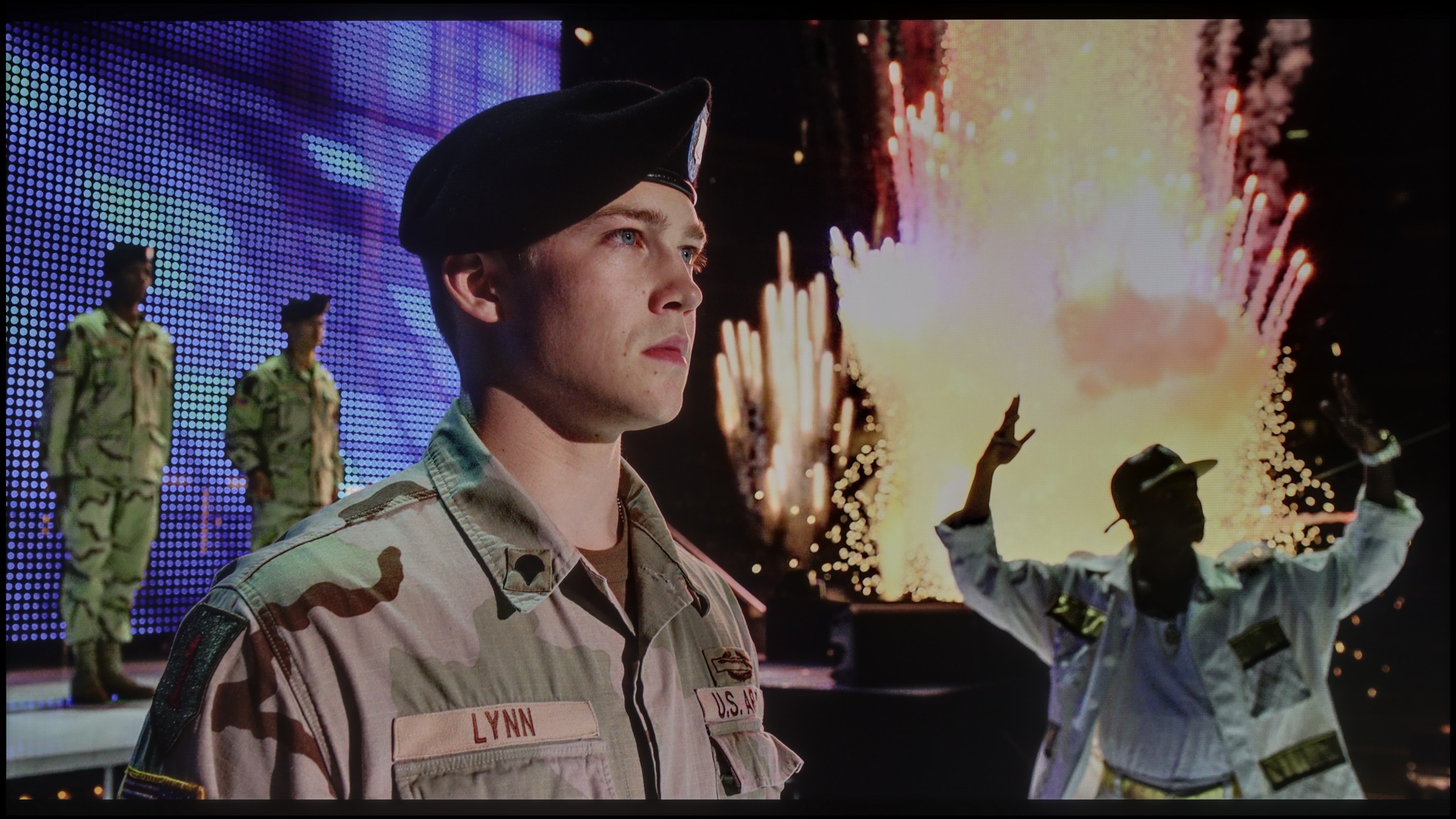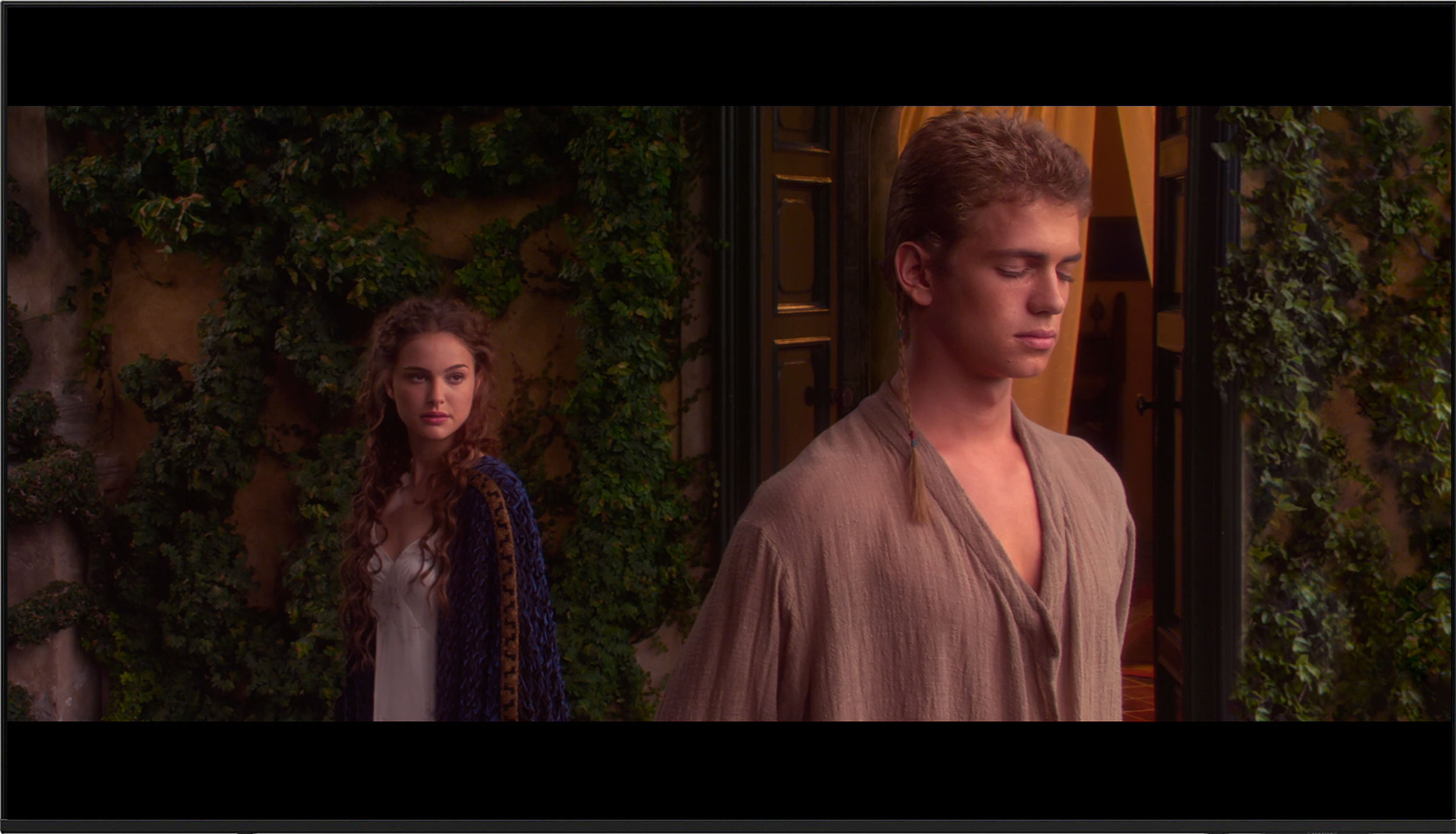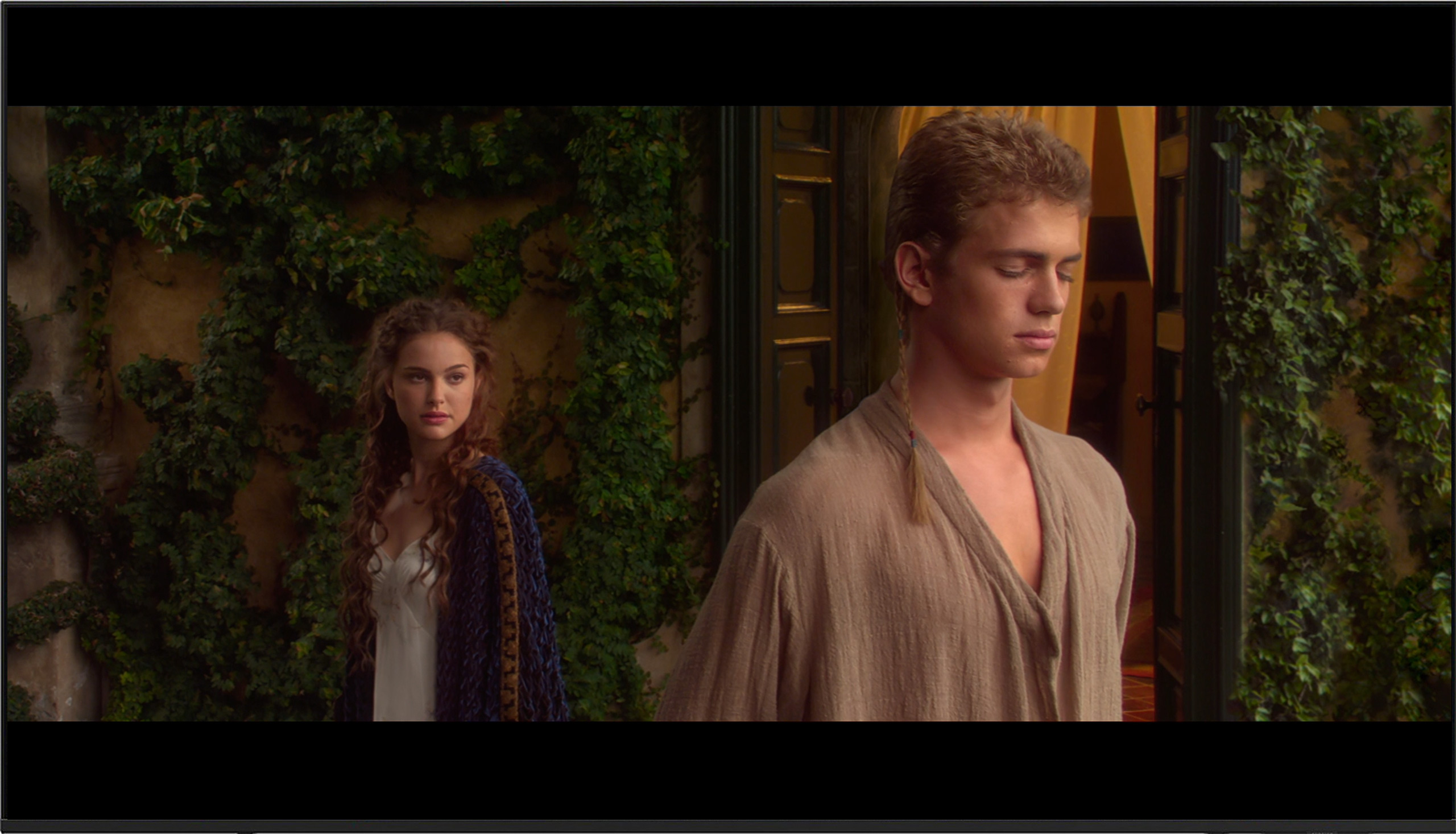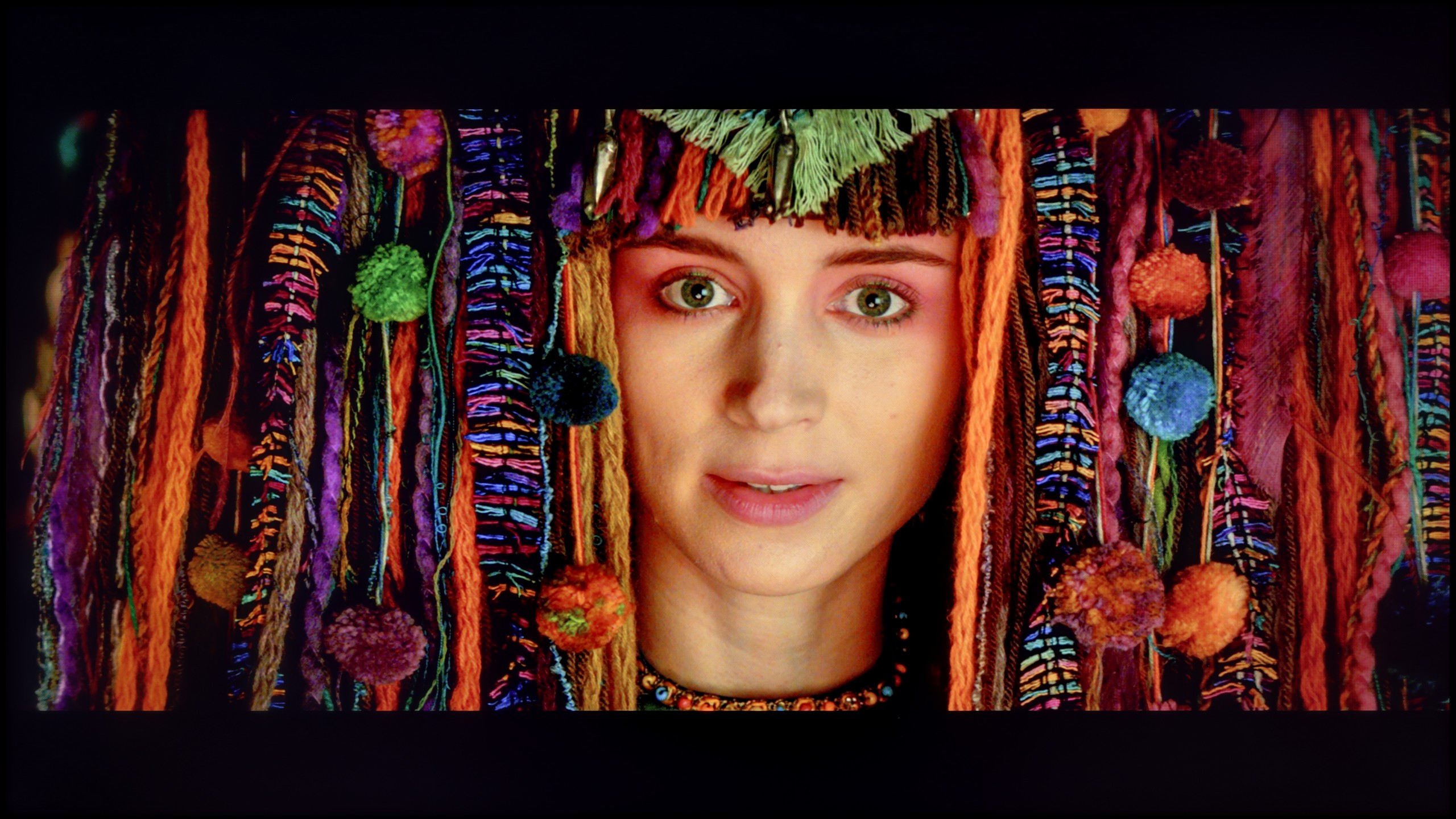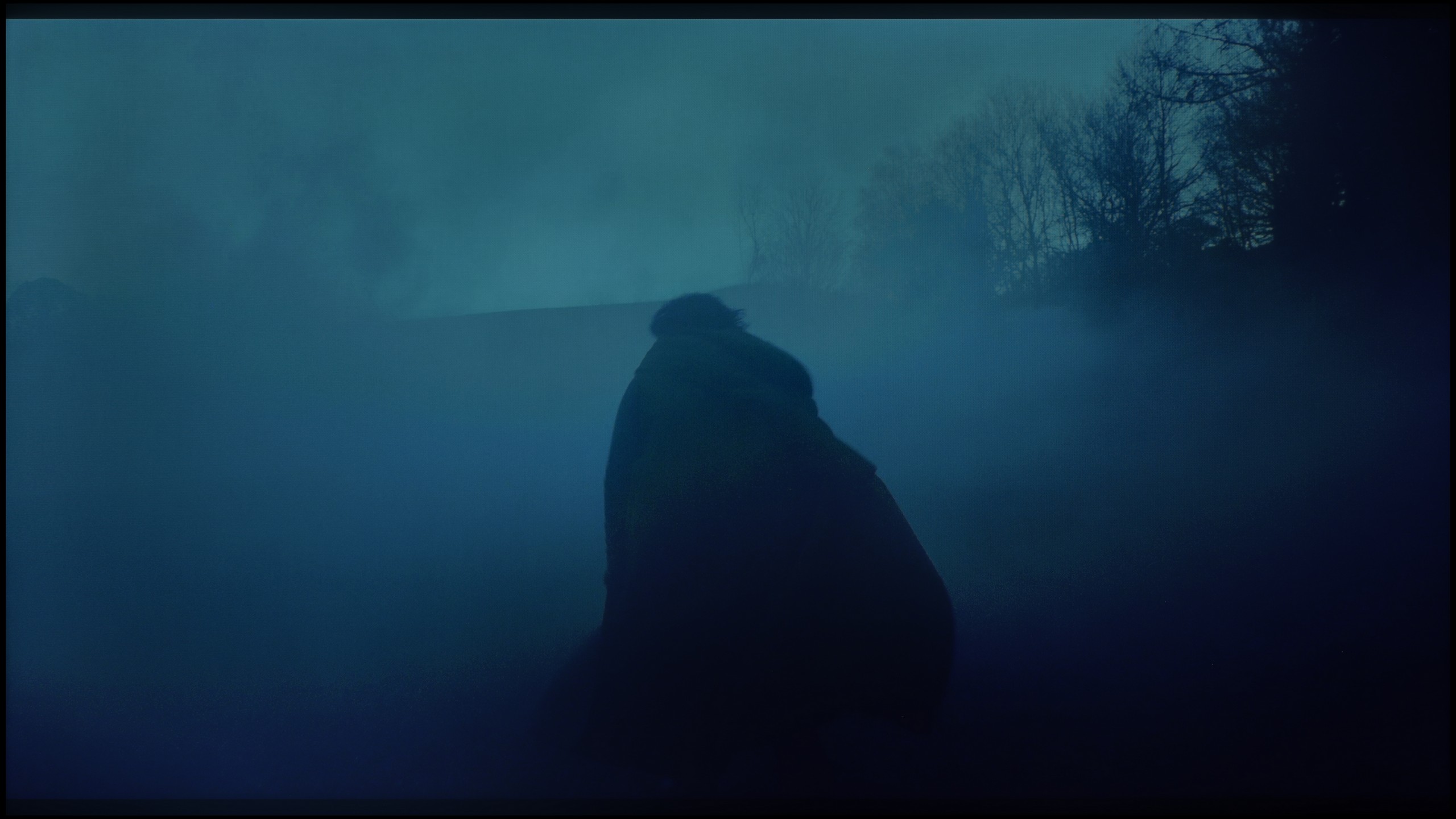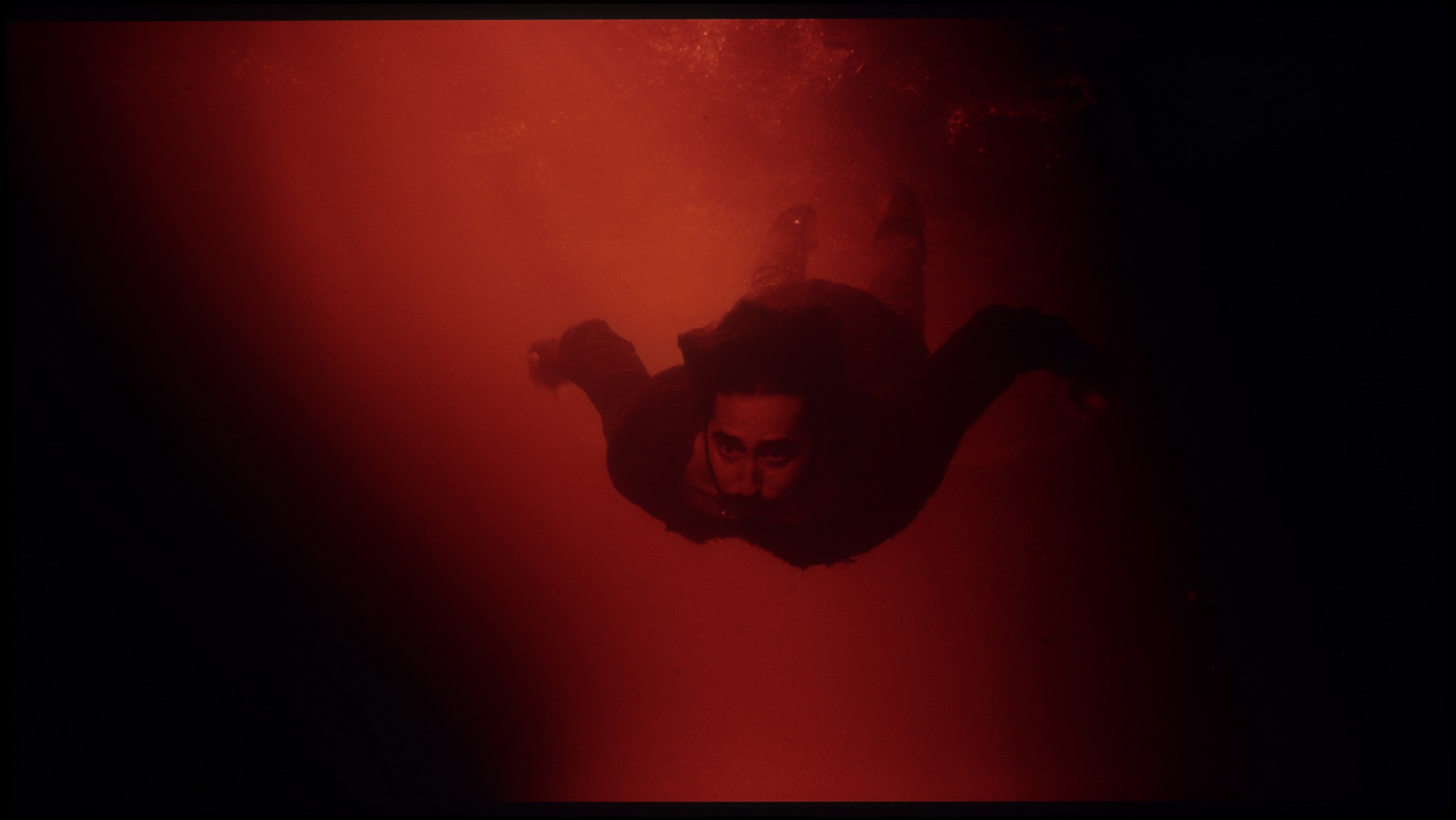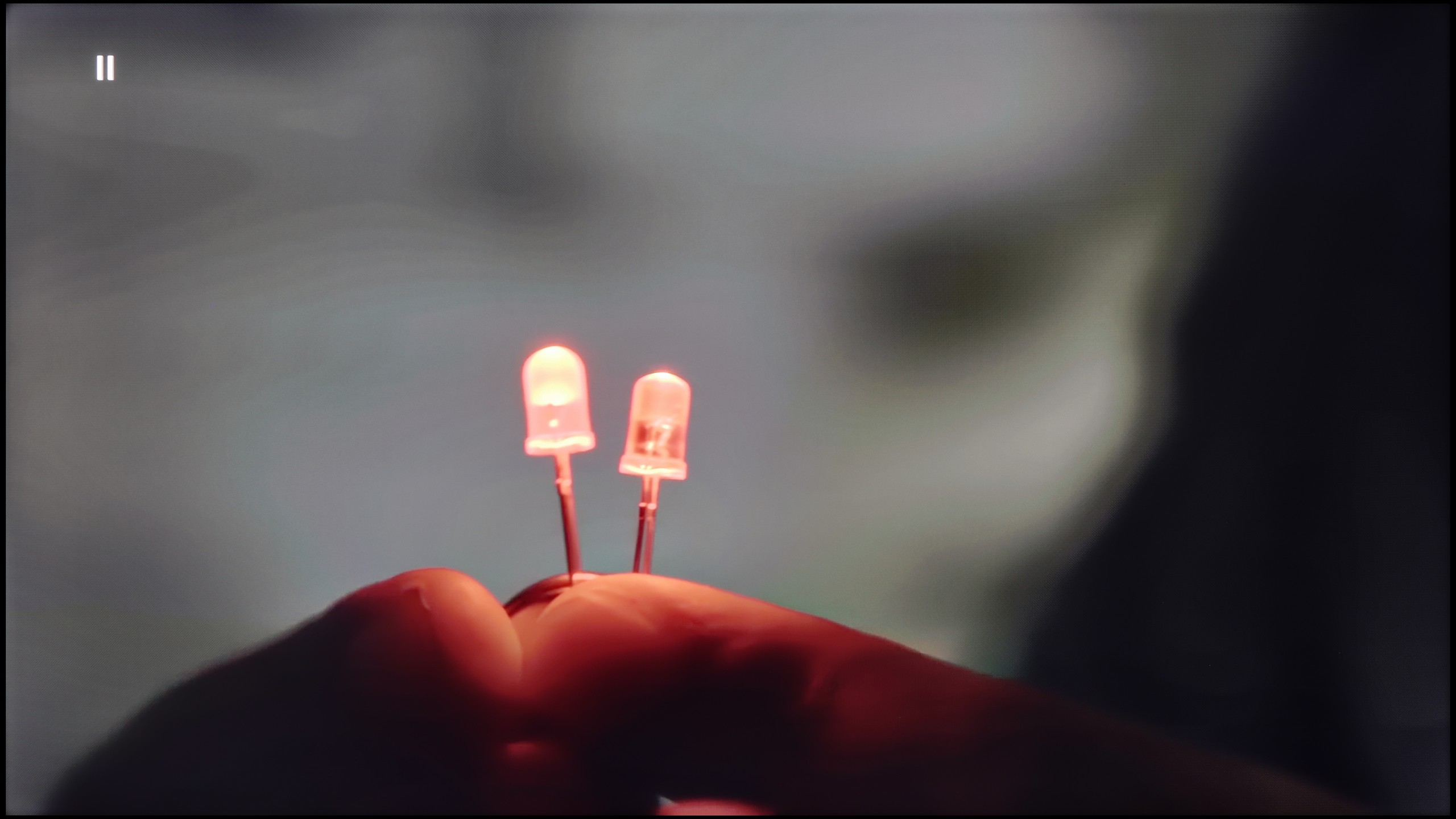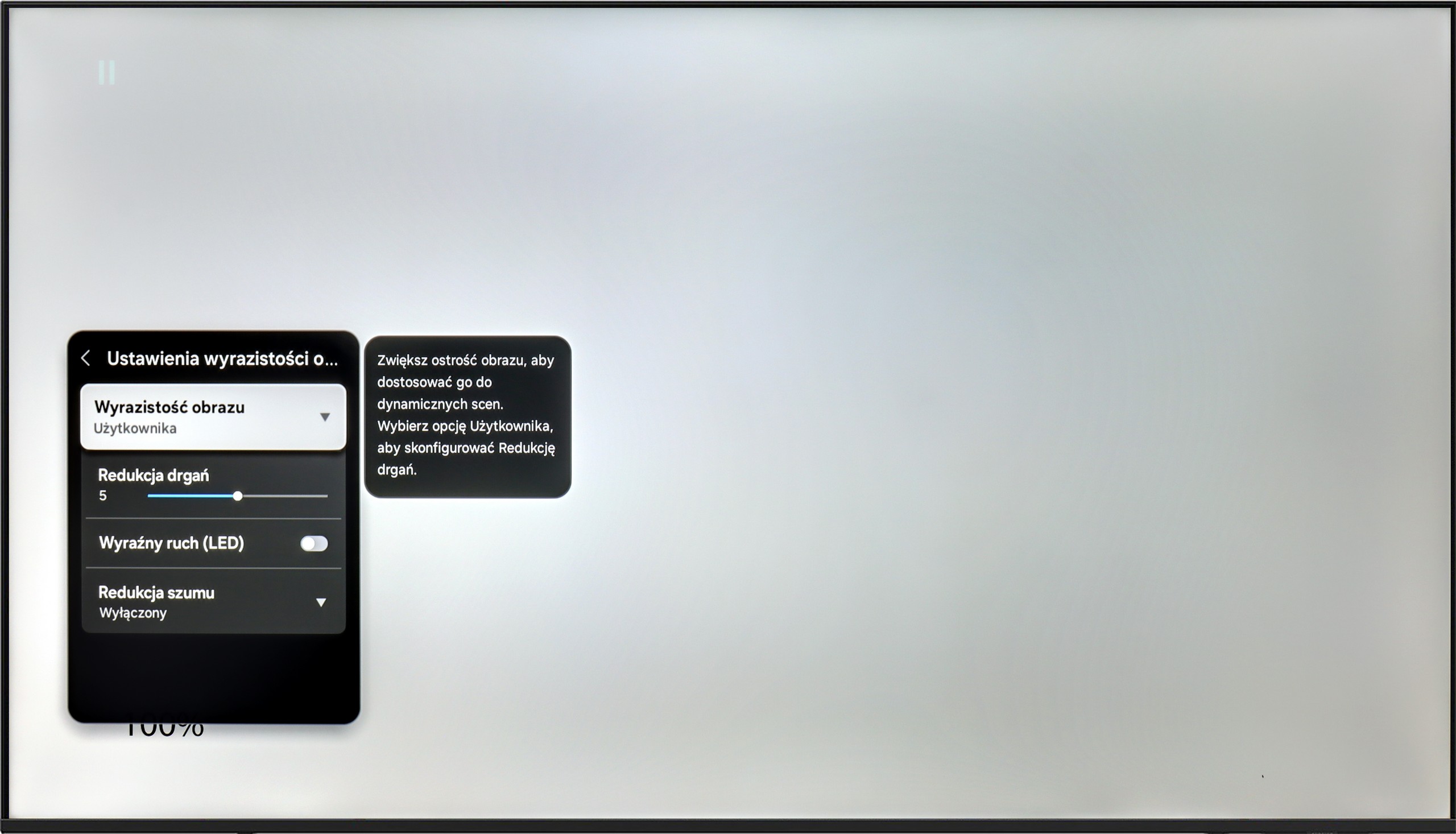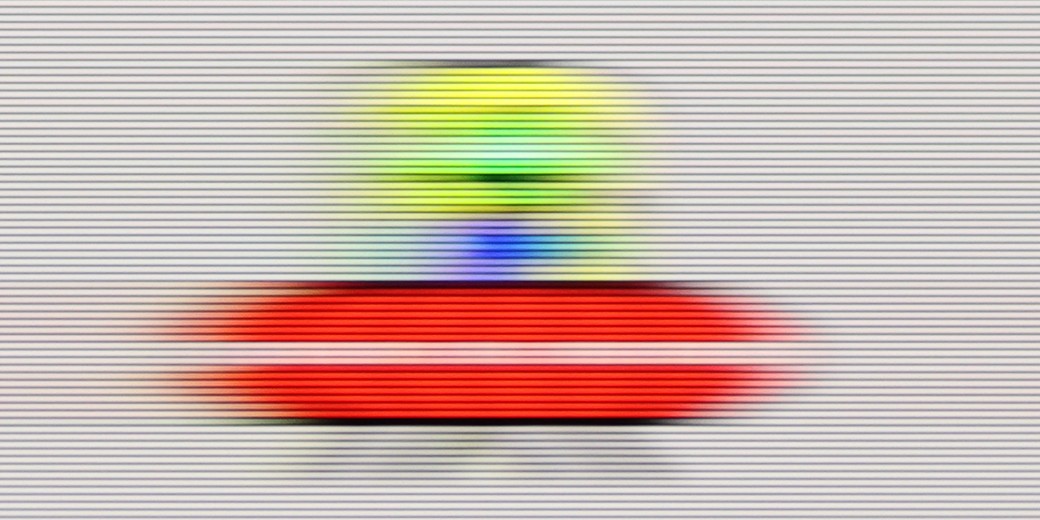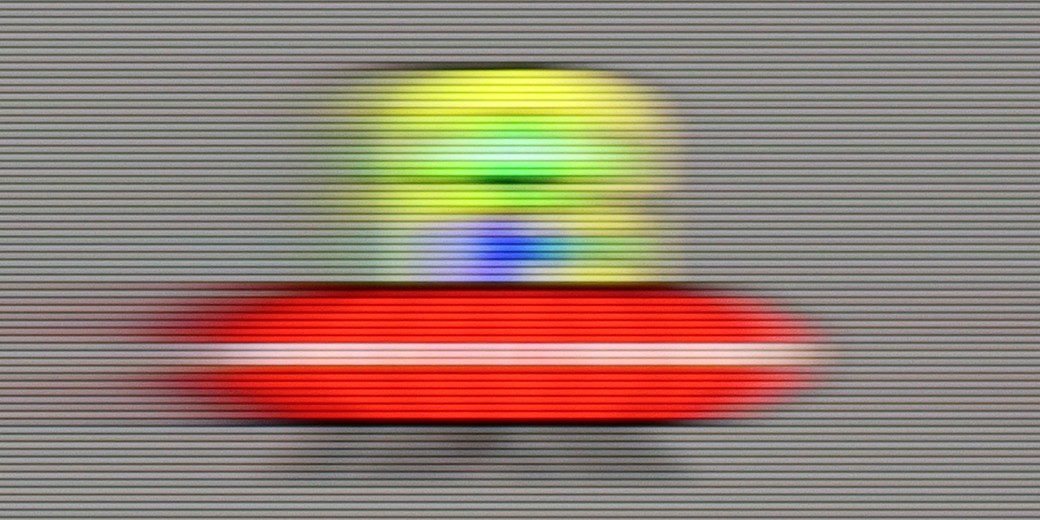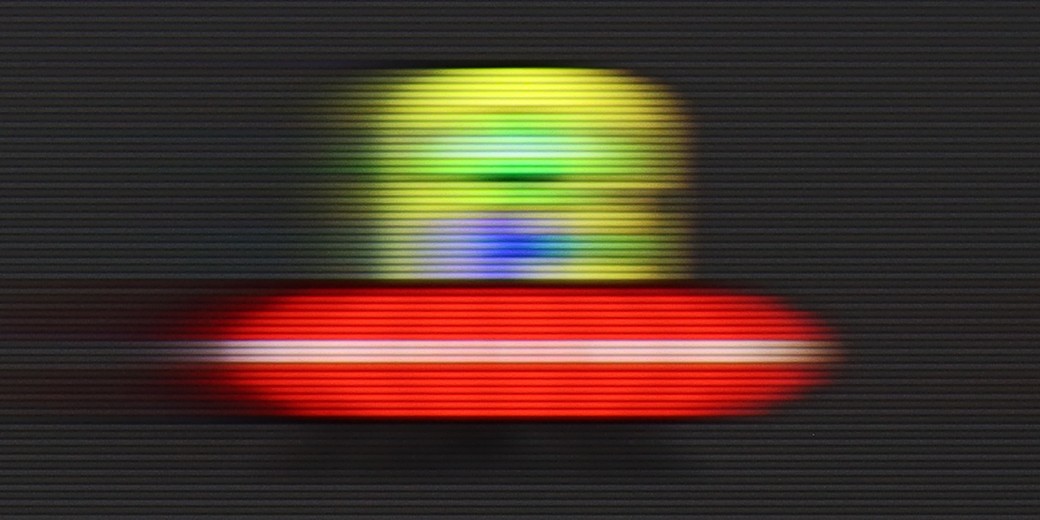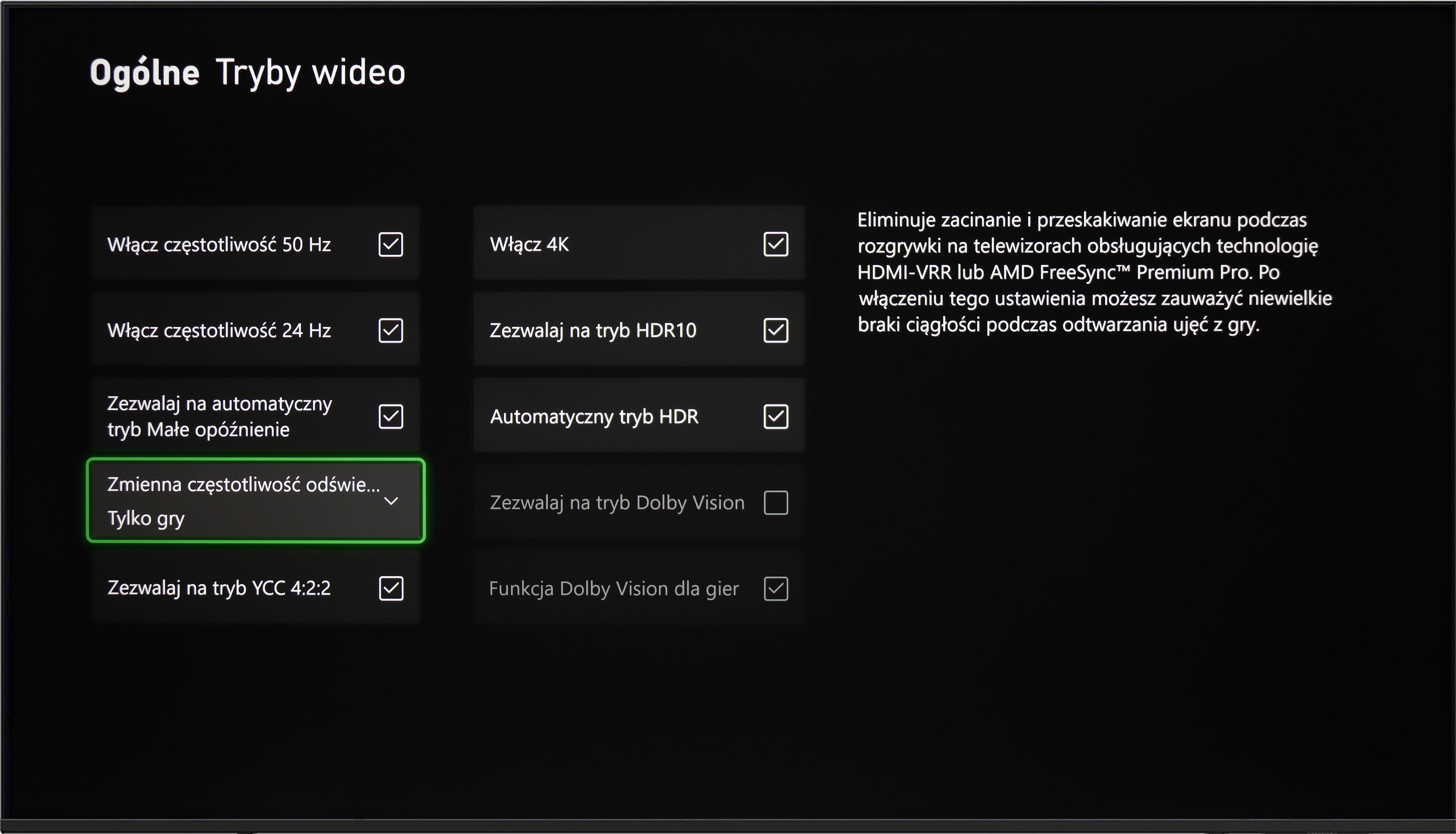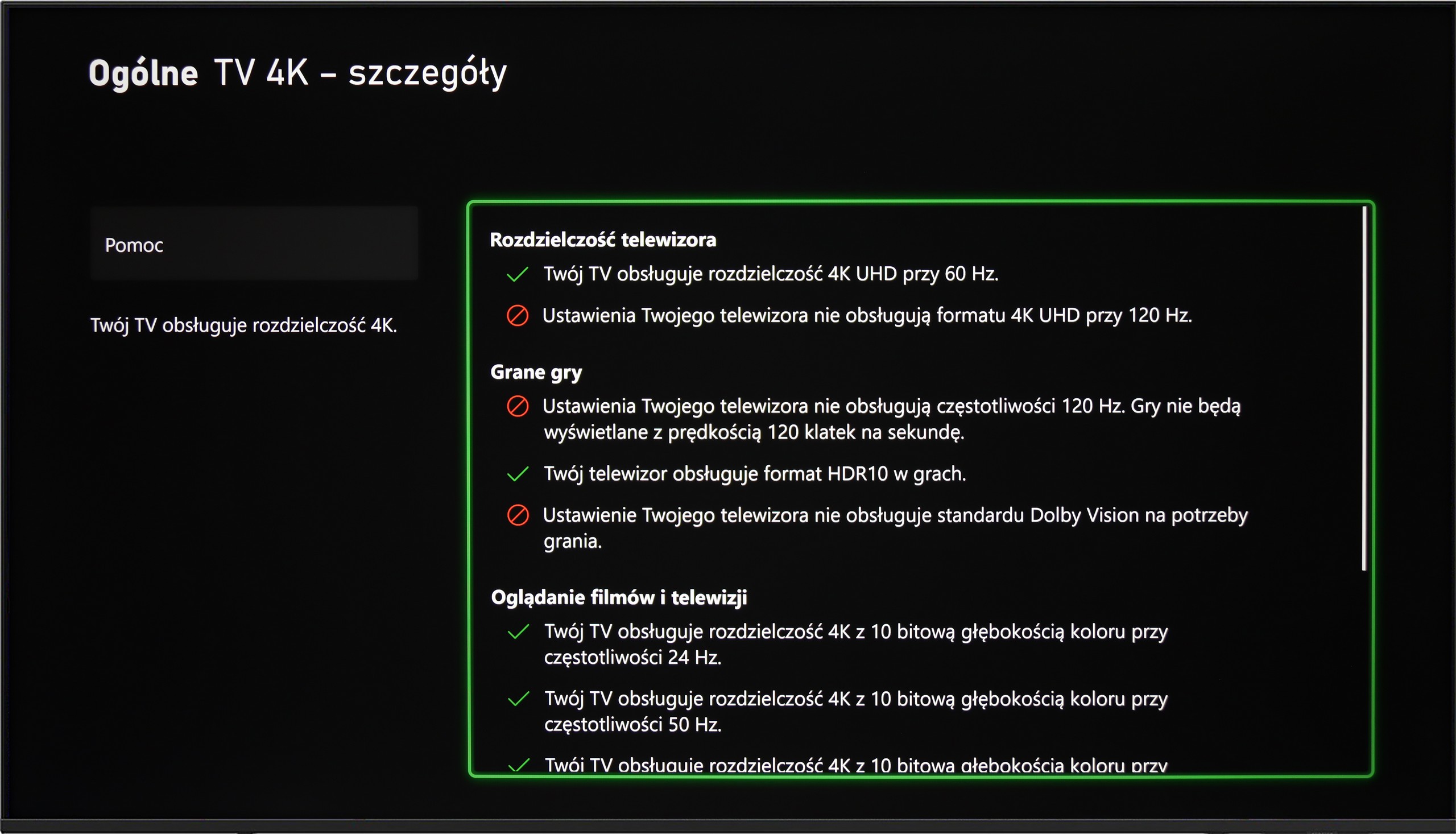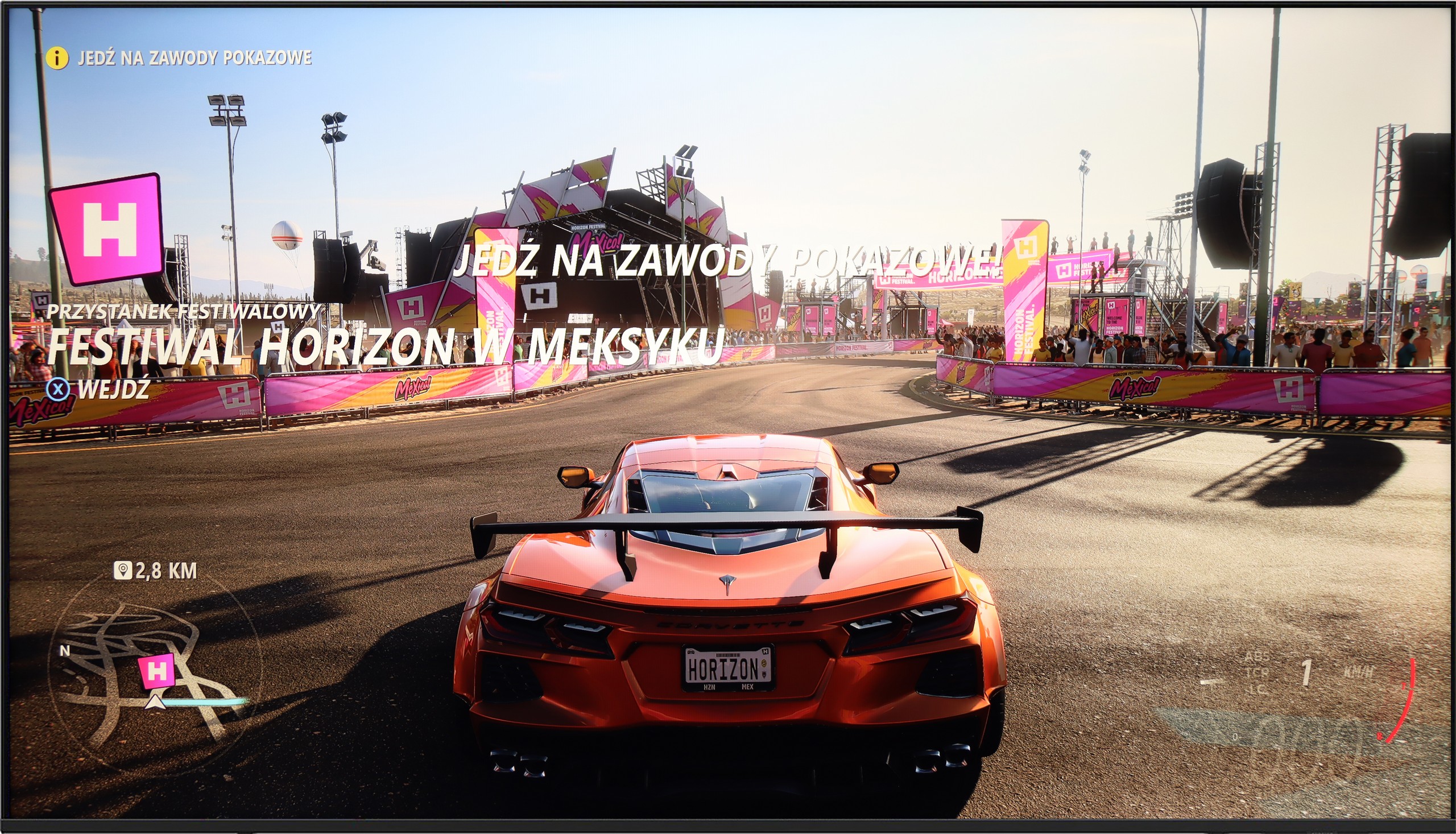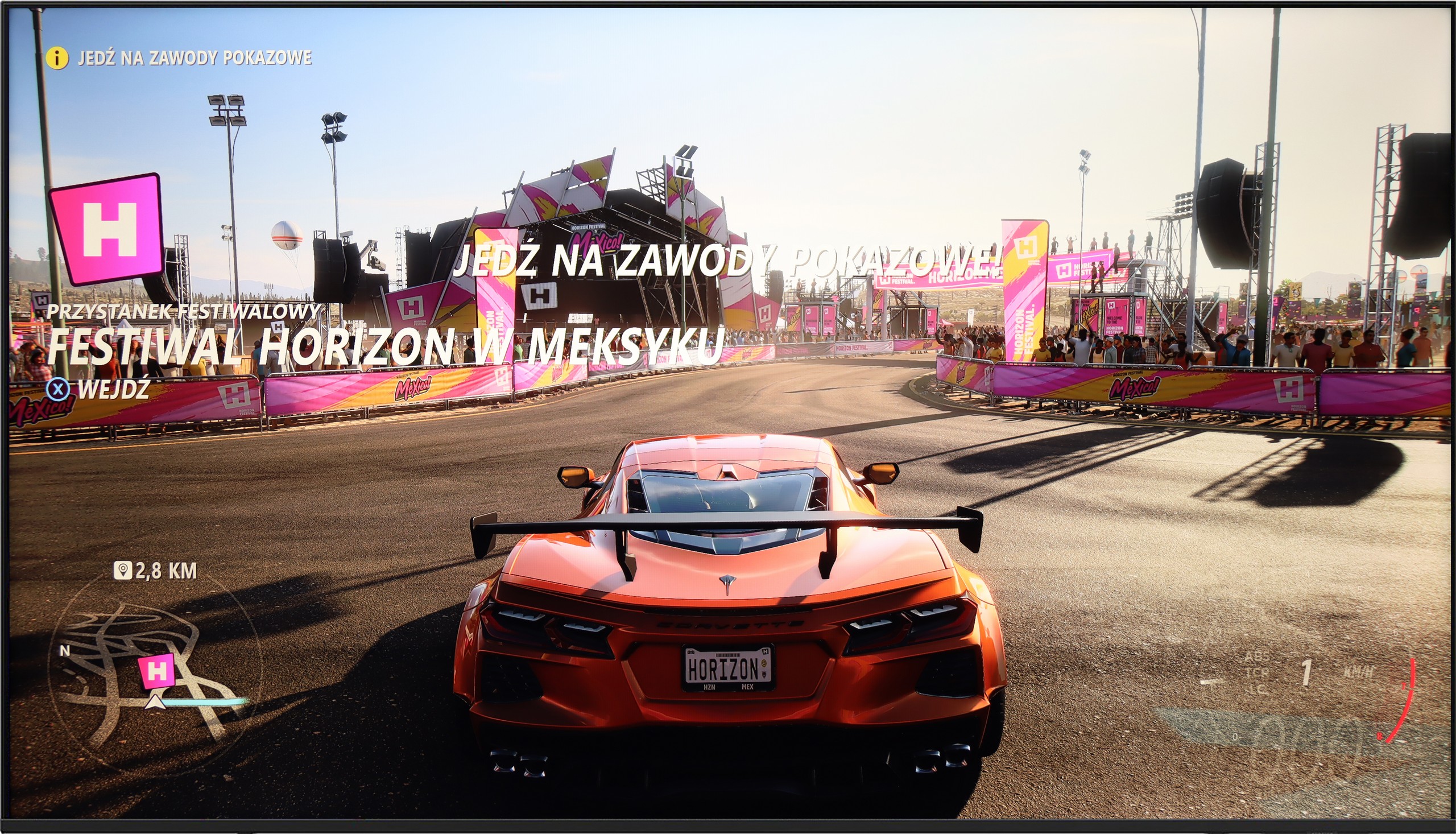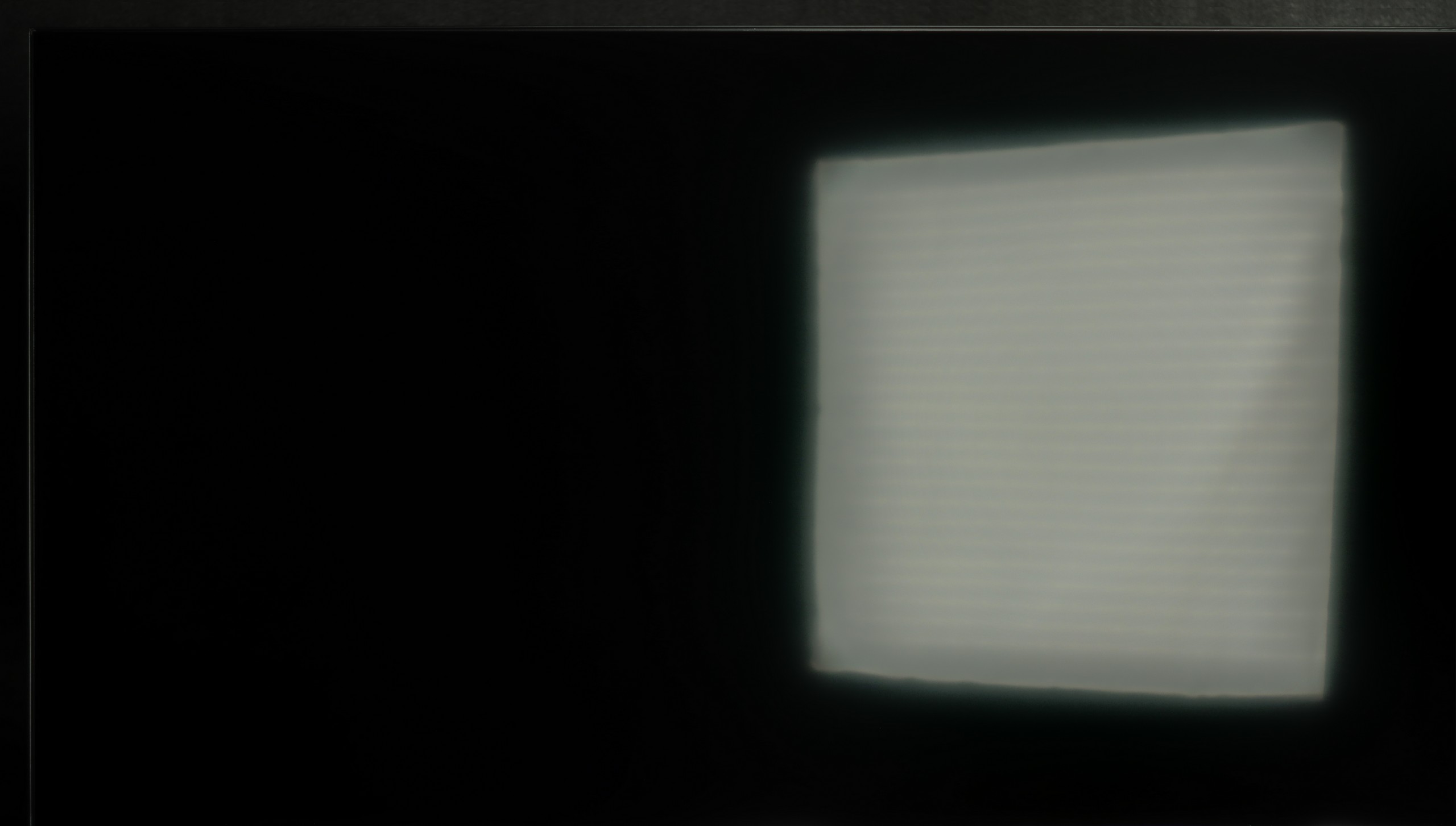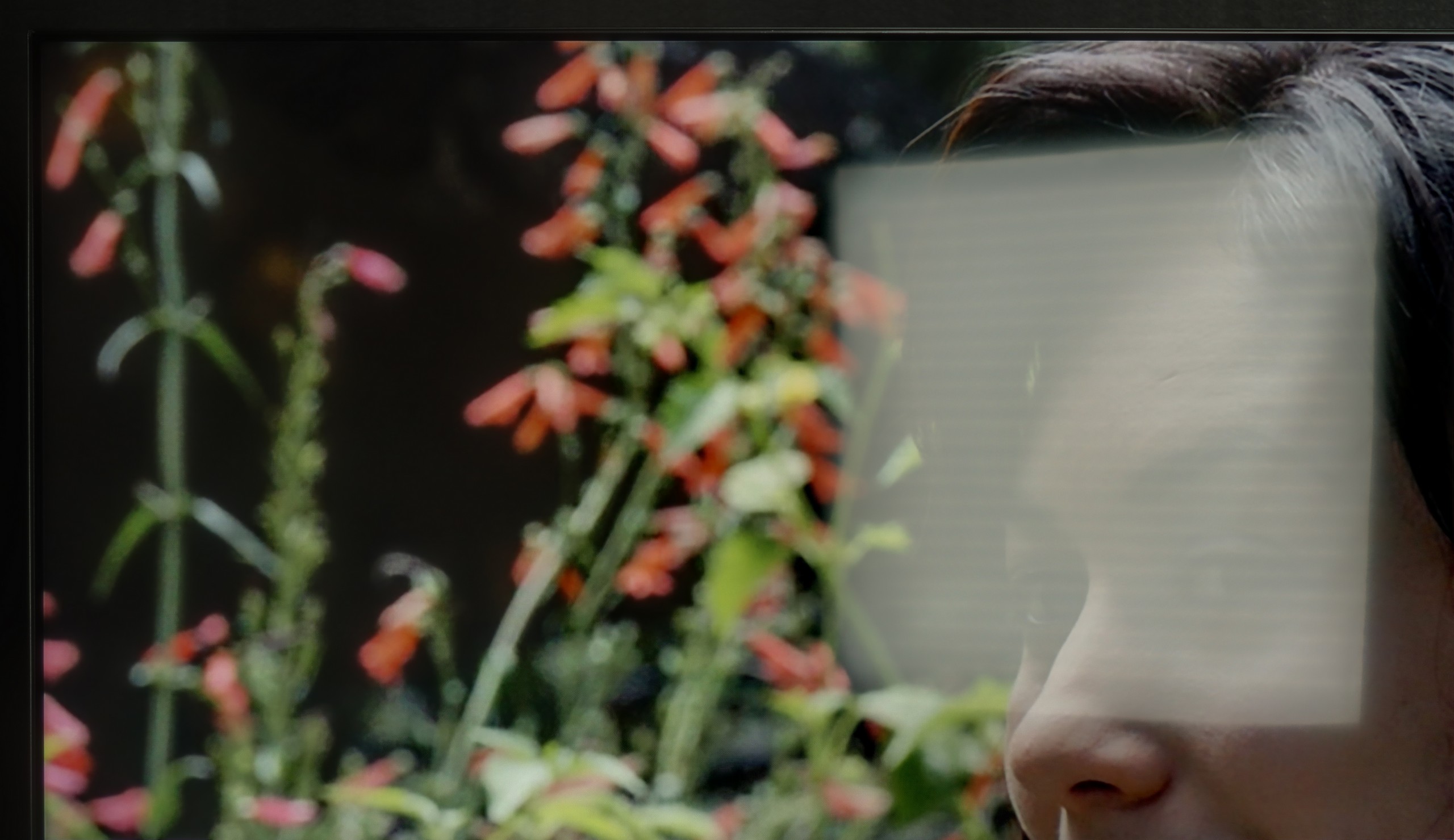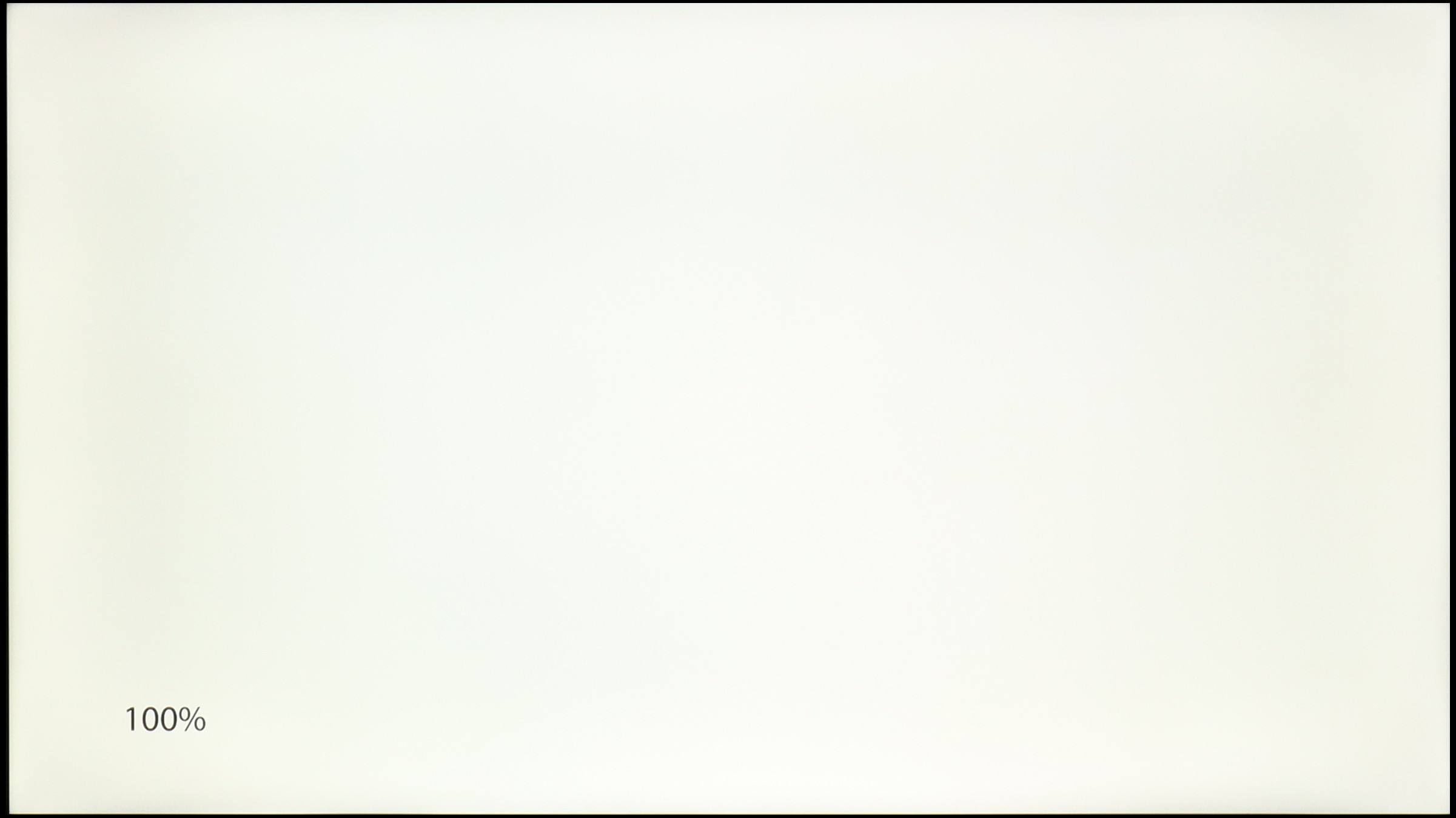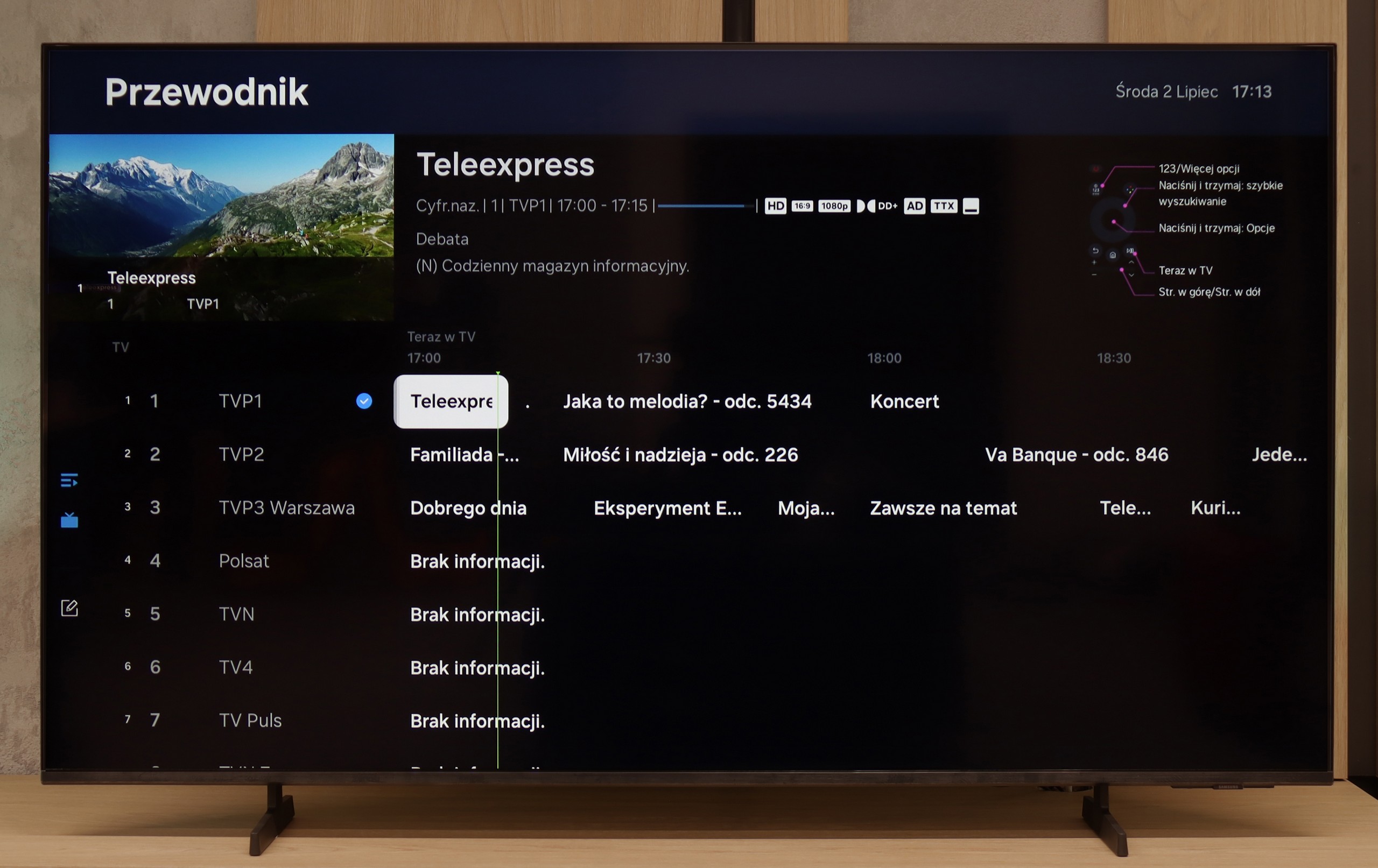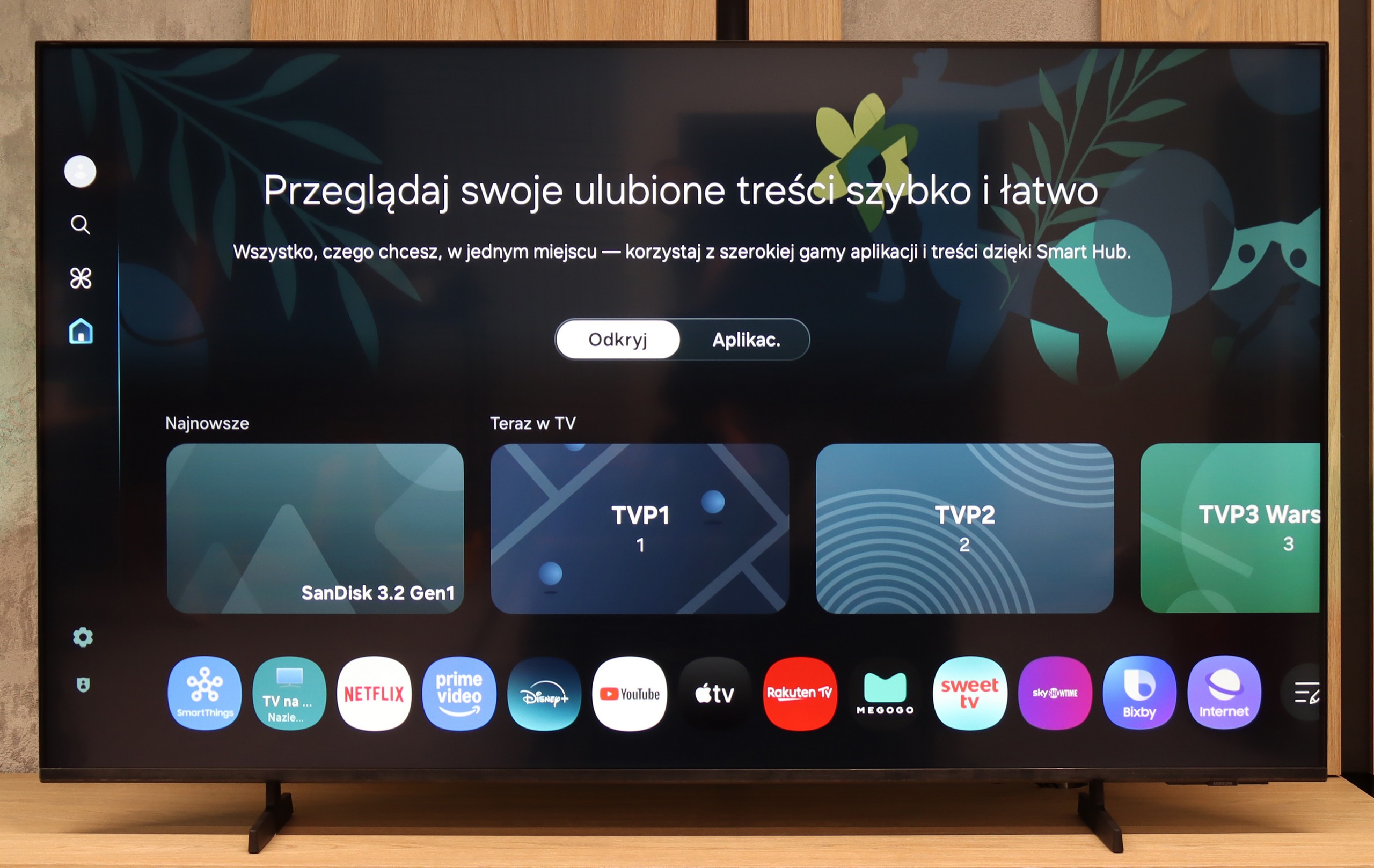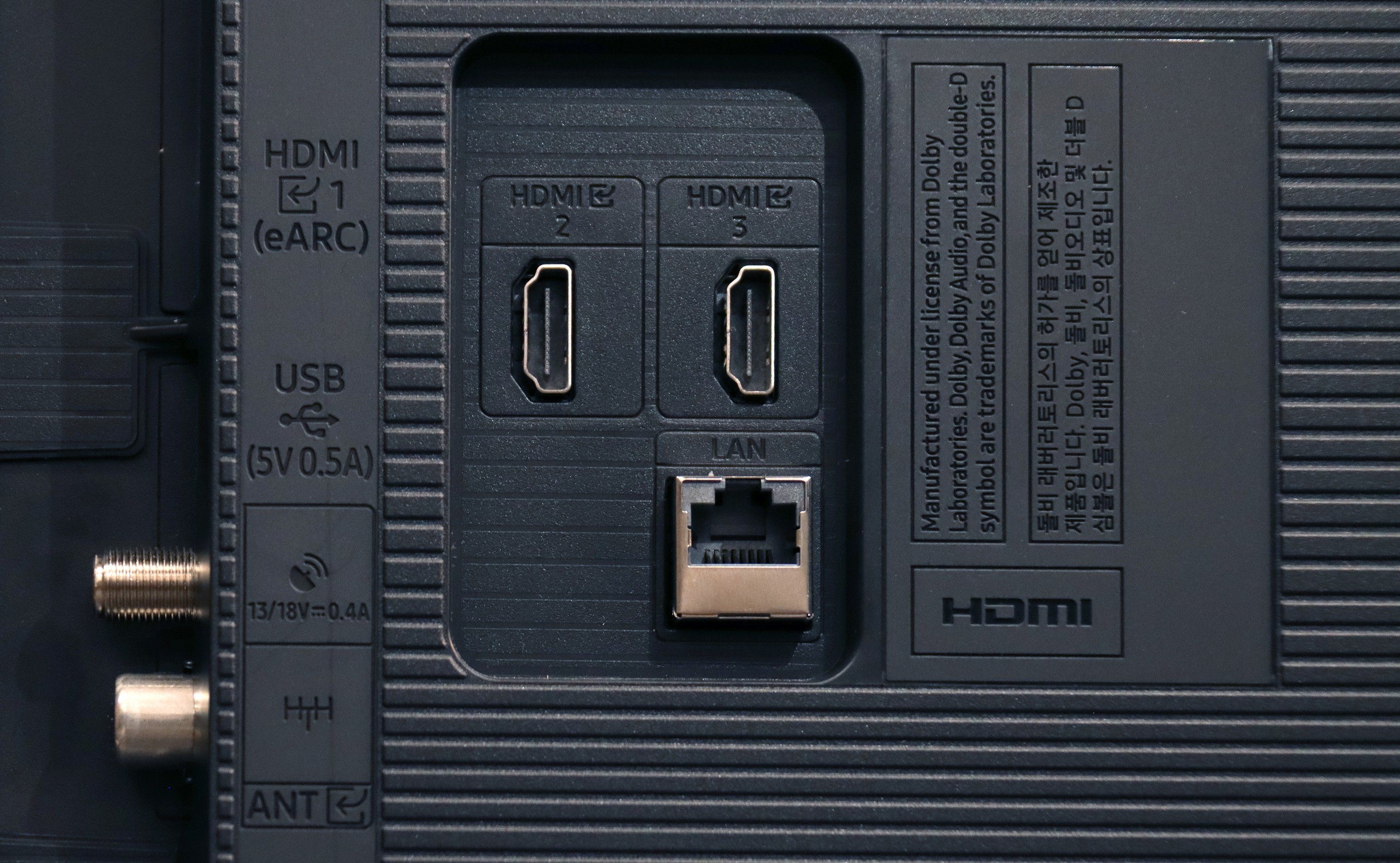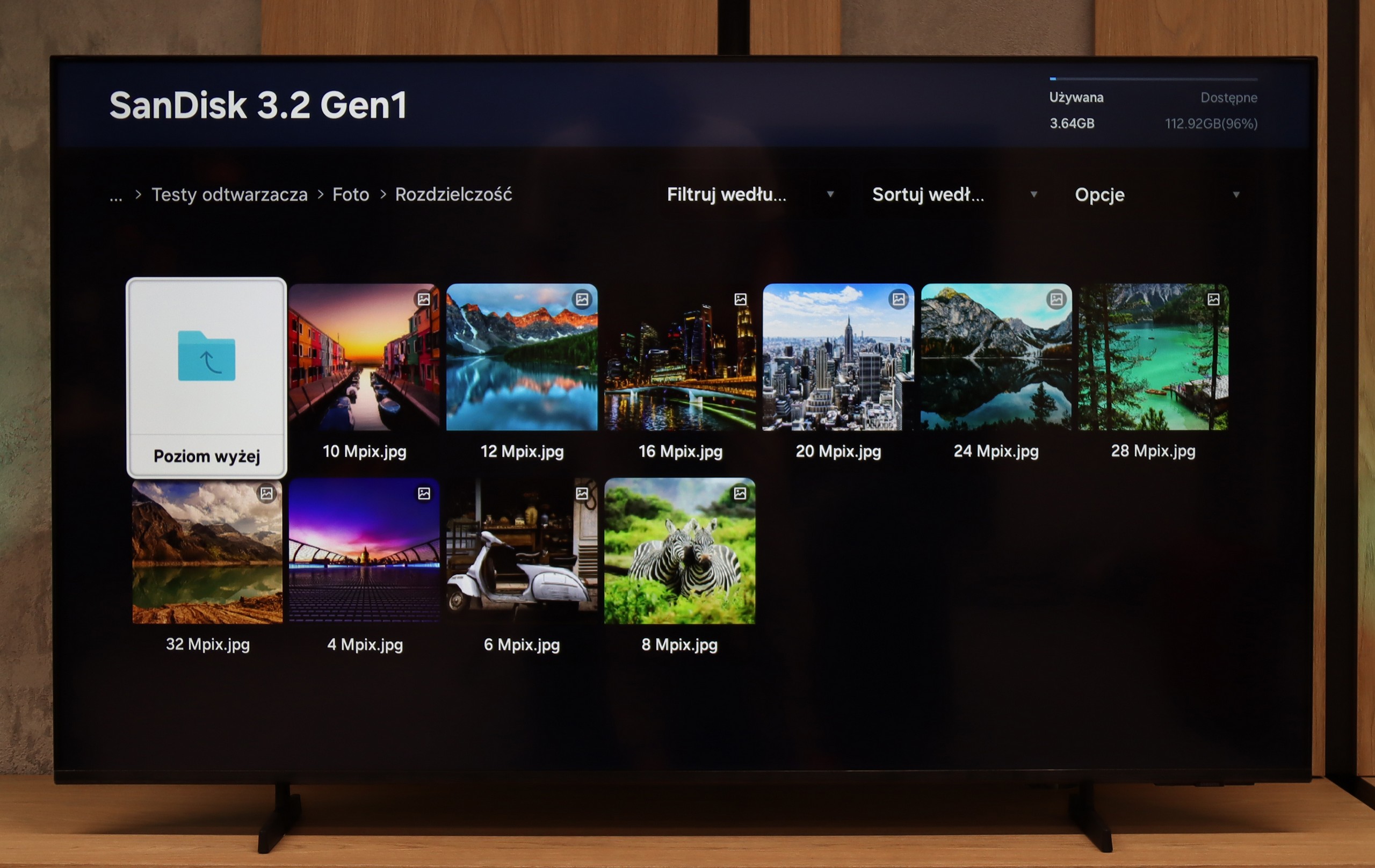The Samsung Q60D operates on the proprietary Tizen system, which, while not as open as Google’s OS and with some limitations regarding app availability, is likely to satisfy most users. The interface is clean and intuitive, providing straightforward access to popular streaming services like Netflix, YouTube, and Prime Video. Users will appreciate the customisable home screen, allowing for quick access to favourite apps and content. One potential drawback is the absence of a recording function, which may disappoint those wanting to save shows or films for later viewing. However, the inclusion of AirPlay is a pleasant surprise, facilitating seamless content streaming from Apple devices such as iPhones and iPads, enabling users to share photos, videos, and other media without cables.
The TV also supports Bluetooth connectivity, allowing the use of various peripherals like wireless headphones and soundbars, enhancing user convenience. The remote control is slim, stylish, and ergonomic, featuring an internal rechargeable battery that can be powered via USB-C or solar energy, eliminating the need for disposable batteries. It can also control external devices, such as the NC+/Canal+ decoder.
Furthermore, the SmartThings app for Android and iOS enables the TV to integrate with other smart devices around the home. This feature allows users to remotely control elements like Philips Hue smart lighting, Yeelight, and other compatible products. As a result, the Samsung Q60D can act as a central hub for a smart home, streamlining the management of everyday tasks and enhancing the entertainment experience.
Samsung U8092F – like all this year's models from this brand – runs on the Tizen operating system. The system itself is really well-developed: we have access to many applications (though not all), a well-developed smart home integration, and various extras, including exclusive Samsung apps. It also includes features like AirPlay and Chromecast, which make it easy to connect your phone to the TV and share media.
Unfortunately, as this is Samsung's cheapest series in 2025, the manufacturer did not include a solar remote control. In the package, we find a classic infrared remote control that visually resembles a newer version, but unfortunately lacks voice functions. Regarding typical "TV" extras – it lacks a recording feature and a PiP mode (picture in picture). On the plus side, however, is HDMI eARC, which allows for easy control with the included remote, for example, a decoder or soundbar – and it actually works seamlessly.






